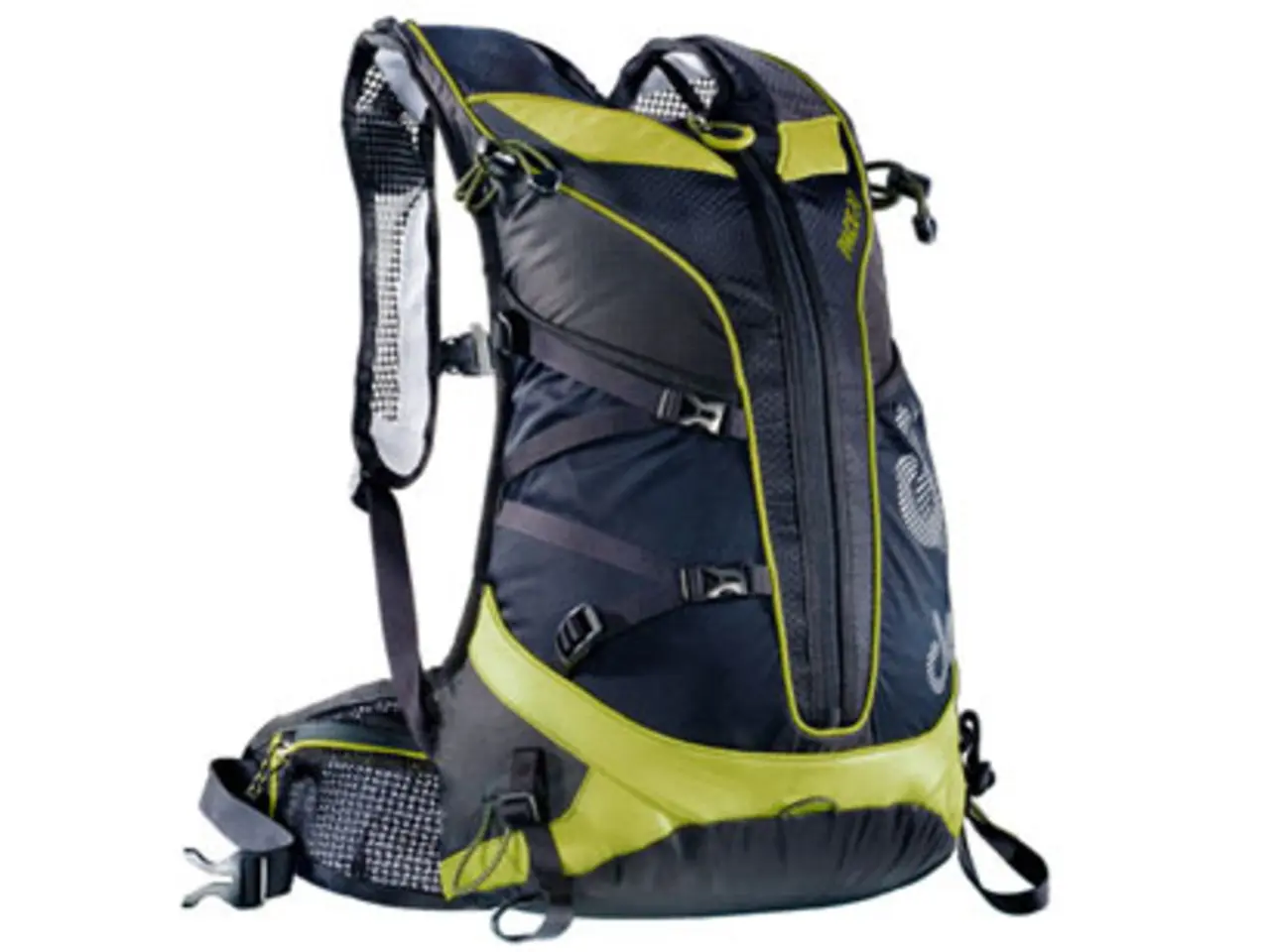Limit on carry-on liquids in transport could potentially be lifted by the Trump administration
In a move aimed at enhancing both security and travel efficiency, the Transportation Security Administration (TSA) and the Department of Homeland Security (DHS) in the United States are considering changes to the long-standing liquid restrictions in airport carry-on bags [1][2][3].
The current 3.4-ounce limit for liquids, implemented in 2006 following the thwarting of a plot involving liquid explosives, is under review. This decision comes as a result of advancements in security technology and a desire to streamline the travel experience [2][4].
The review of the liquid restrictions is part of a broader vision for airports, where passengers can walk in, go through a scanner, and immediately board their planes without unnecessary delays [1][2]. This vision was recently materialised with the removal of the shoe removal rule at security checkpoints, a post-9/11 security measure [1][2].
Homeland Security Secretary Kristi Noem is leading the charge in reviewing the rule about taking liquids over 100 ml (3.4 ounces) onto a plane in the United States [5]. Noem envisions a future where airports are more seamless, allowing passengers to bypass security measures and spend more time in retail areas [6].
The TSA has put in place a multilayered screening process to allow for these changes in airport security and screening [7]. However, disputes over what constitutes a liquid (toothpaste, lipsticks, mascara) and what requires a medical prescription (contact lens fluid) have caused inconsistent application of the rules in different international airports [8].
The restrictions on liquids have resulted in an environmental issue due to the proliferation of plastic travel bottles and bags and the ensuing waste [9]. The US administration's goal is to address this issue while making air travel easier and freer from security measures.
Facial recognition and digital documentation are making travel in the US more seamless, particularly for domestic journeys [10]. However, the potential shift in liquid restrictions could cause mass inconvenience worldwide, requiring passengers to reconsider their travel essentials and packing strategies.
No specific timeline for changes has been announced, but the TSA and DHS are working diligently to ensure a smooth transition that maintains the highest level of security while improving the travel experience [1][2]. The goal is to create a future where air travel is less stressful and more enjoyable for all passengers.
The TSA and DHS are considering changes to the liquid restrictions in airport carry-on bags as part of a broader vision for airports, hoping to create a future where passengers can travel more seamlessly [1][2]. Homeland Security Secretary Kristi Noem is leading this review, aiming to make airports more like lifestyle destinations, encouraging more time spent in retail areas [6]. However, addressing what constitutes a liquid and what requires a medical prescription has been a challenge in applying the rules consistently across different international airports [8]. The potential shift in liquid restrictions could necessitate a reevaluation of travel essentials and packing strategies, causing potential mass inconvenience worldwide [11]. The US administration is not only aiming to streamline the travel experience, but also to tackle environmental issues caused by the proliferation of plastic travel bottles and bags [9].




